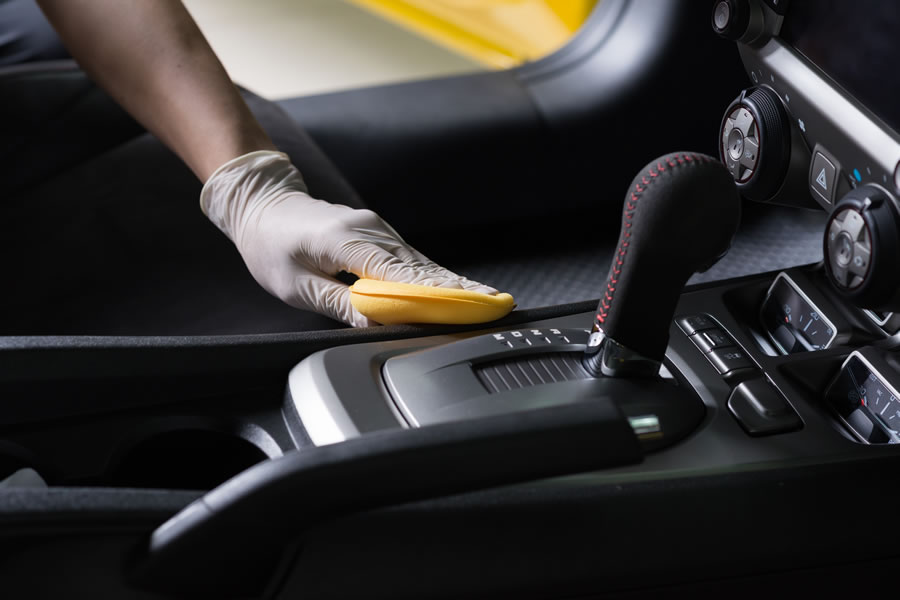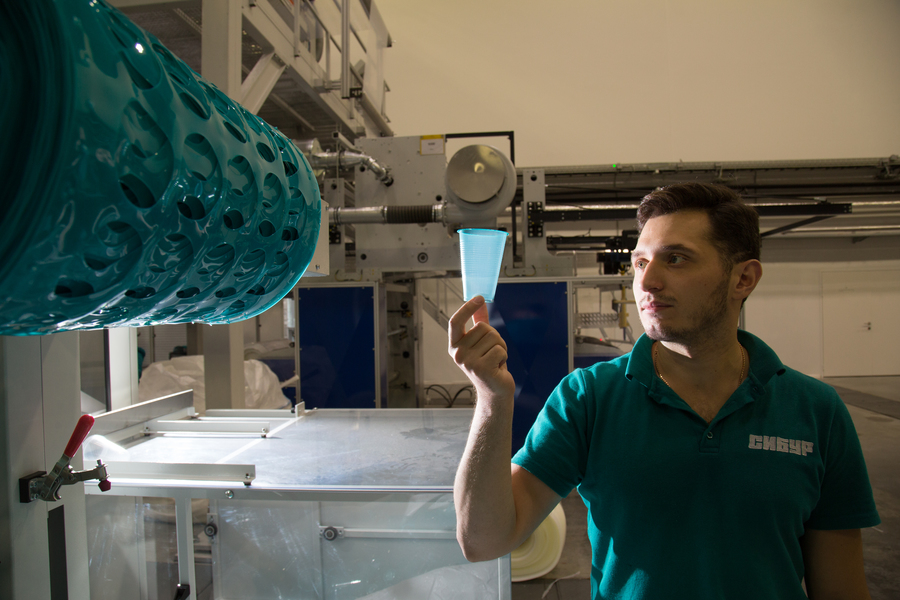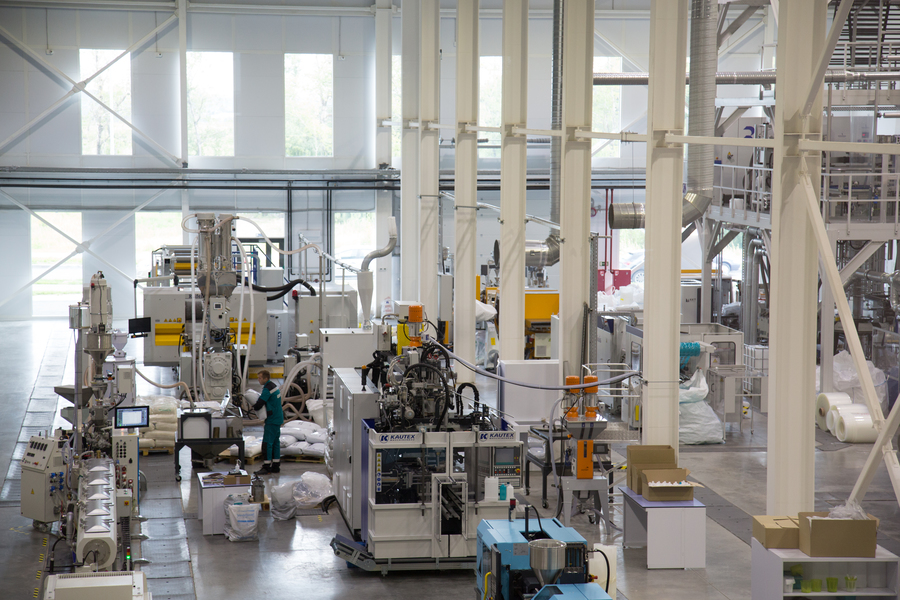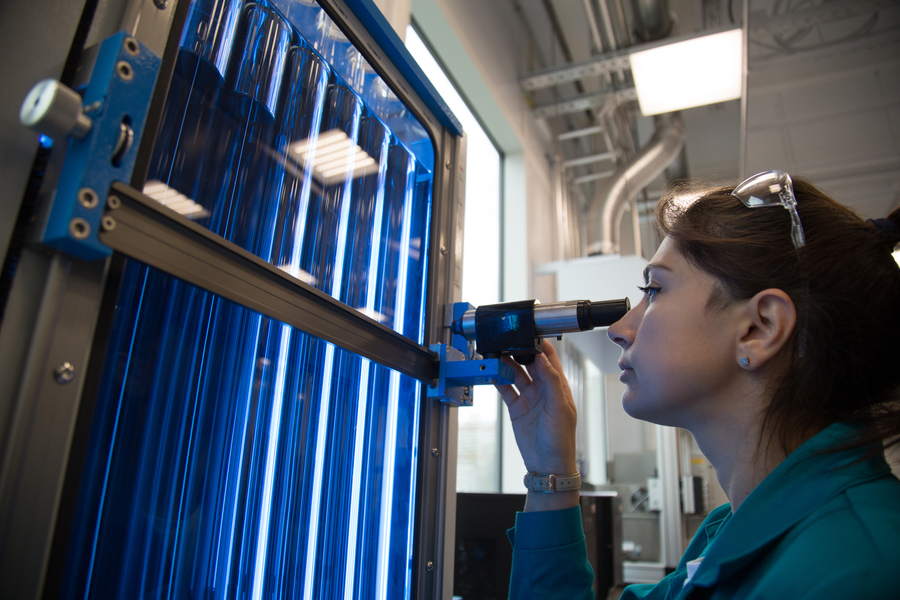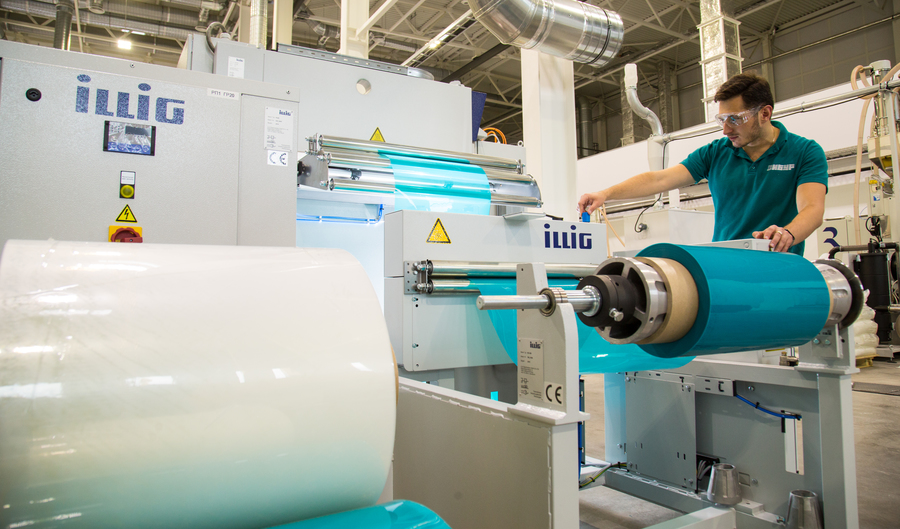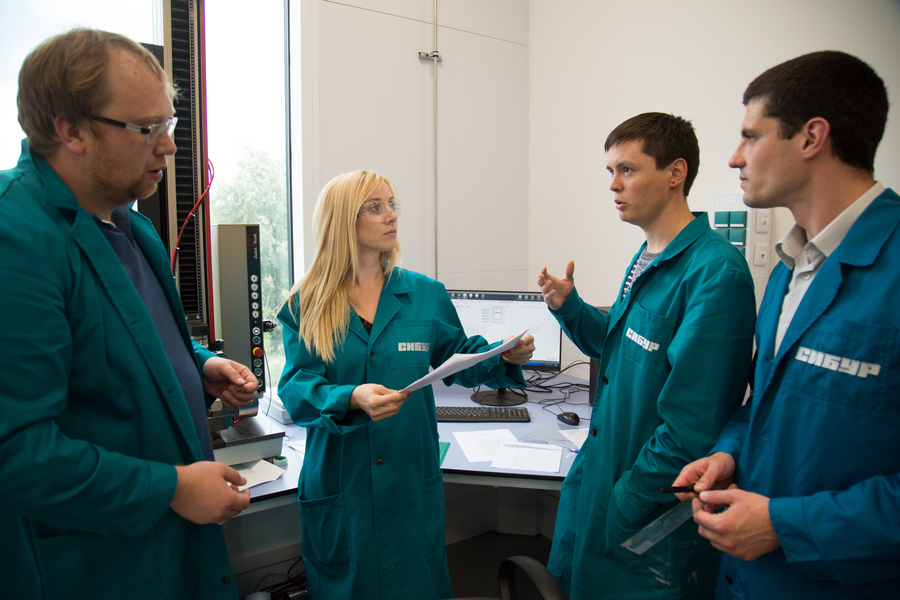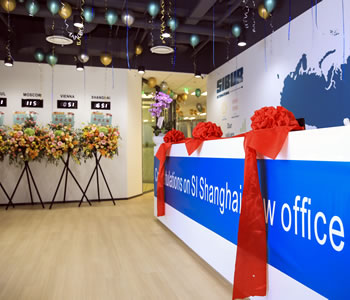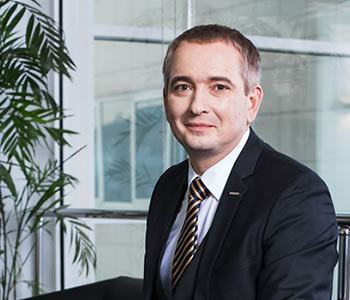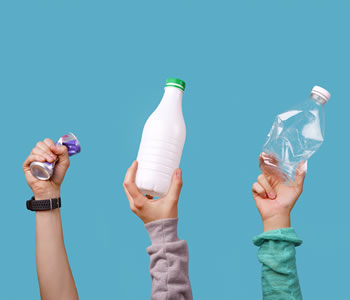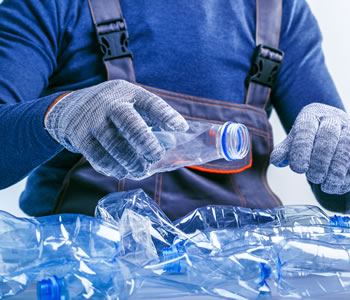In an interview with Echo of Moscow radio station (Inside Out programme about professional careers), Sergey Tutov, Head of NIOST R&D centre talks about the role and use of modern synthetic materials and explains how SIBUR’s NIOST and PoliLab laboratories create new synthetic materials or innovative chemical products.
How often do we use polymers?
Almost all of the packaging we use to keep food fresh is made of polymers.
With polymers, you can manufacture end products with predefined properties, which is impossible when using natural materials.
Synthetic materials are also indispensable in the utilities sector. Polymer pipes are corrosion resistant, they are not contaminated with microorganisms and can last as long as 50 years without maintenance, which sets them apart favourably fr om metal pipes.
Another application area for polymers is transport. Close to 50% of all parts in modern cars are made of polymers. Bumpers, fenders, doors, along with a great number of other parts are plastic. The seats in your car are also made of polymers. The petrol and oils our vehicles use are synthetic materials produced by the petrochemical industry.
The new composite materials in aircraft make them lighter, helping to save fuel, reduce СО2emissions, and take more passengers onboard.
Nearly all cold weather and moisture wicking sportswear is made of synthetic materials. This is due to the polymer qualities that allow us to make end products with predefined properties, which is impossible using natural fabrics.
Polymer pipes are corrosion resistant and do not get contaminated with microorganisms, which sets them apart favourably fr om metal pipes.
The process of creating a new material begins with cross-industry communication, involving, for example, chemistry and food industry experts.
How are new synthetic materials created?
The process of creating a new material begins with communication between different industries, for example, chemical and food industries. This interaction provides us with product applications information, essential to “design” a molecule that will be best suited to address specific needs, fr om production and use to disposal or recycling. Our innovative SIBUR PoliLab in Skolkovo would be a good example of a platform for such cross-industry communication.
It is not a typical chemical laboratory. There are chemical tasks such as creation or “design” of molecule that are performed by our NIOST research team in Tomsk, while there are also tasks involving transformation of the molecule into a material, a finished product, – something that PolyLab does.
Usually chemical laboratories focus on creating molecules without any further involvement. In our lab, we work both on creating chemical substances and their application. This approach allows the lab to bring in experts fr om various industries. We put together teams that include experts working on molecule creation, those who transform the molecule into a product, for example a film, and those who use this product in their industry. Together, they design the optimal product adapted to specific business and consumer needs.
Close to 50% of all parts in modern cars are made of polymers.
Figuring out how to dispose of waste or, if possible, reuse it in the economy takes serious research.
What is the share of basic and applied research in your work?
Most of the work we do is applied research focusing on developing popular mass consumption products. We do very little research in-house that would qualify as basic science. Our approach is somewhat different. We formulate areas in which pure science is more likely to translate into applied research, working with our partners fr om the academic community to do so. This includes circular economy, for example that has been gaining in prominence. It takes serious research to address such questions as what products are better suited for disposal or recycling and how to reuse waste in the economy.
How carefully do you weigh up environmental factors when developing new synthetic materials?
Environmental impact is a key element in the business case that we use to assess a project's feasibility. The more eco-friendly the potential product, the higher its chances for development. In the petrochemical industry, new research areas are increasingly focused on circular economy. A key challenge that chemists are trying to address is minimising material loss during polymer recovery to make sure that it is recycled into the same product as the original.
Creating highly recyclable polymers is a key task facing the researchers.
Our experts design the optimal product adapted to specific business and consumer needs.
Where do you find professionals to work in your laboratories?
They are all over the country. There are a number of regions in Russia with fairly strong schools of chemistry. Historically, strong chemical universities are located in Moscow, Tomsk, Novosibirsk, Kazan, and St Petersburg.
We have created a corporate programme called the First Element to source young talents fr om major chemical universities across the country. Students solve certain tasks, which are then reviewed by an expert commission. Those who pass the tests are offered jobs either in operations, at our productions facilities, or in research at our R&D centres.
Could you describe your typical work day?
It usually starts with the so-called “rounds”, wh ere I communicate directly with our researchers. I try to be on top of things making sure that product development is proceeding properly and safety requirements are duly observed. The rounds are followed by brief meetings with development teams lasting about ten minutes. Typically, we discuss project progress, including specific achievements, failures, wh ere we are, the transition to the implementation stage, etc.
Then I meet with teams working on projects at later stages requiring more detailed discussions and review. While the project is at the development stage in the lab, it involves few people. It is transparent and fairly easy to monitor and manage. As projects advance, moving into implementation stages, a great number of new variables come to the fore. Issues to be considered include the product assessment by process engineers, their ability to control the reaction in large-scale production, ways to put the product into production at minimum cost and with maximum safety.
SIBUR PolyLab R&D centre.
We identify areas in which pure science is more likely to evolve into applied research, working with our partners from the academic community to accomplish this task.
Do you happen to encounter production issues though lab tests ran just fine?
Sure. Scaling up is the hardest part of product development. The lab gives you an ideal environment, wh ere the chemical reaction has only one direction, the output is great and, based on this output multiplied by the reactor volume, you have tremendous project economics. Boom! You have developed the best product ever.
And then you wake up to harsh reality. The chemical feedstock fed to production lines can be of lower purity than in the lab, the equipment is bigger is size and operates differently, and the chemical reaction in a large reactor also proceeds in a different way. During lab tests, you monitor the reaction all the time, always ready to make necessary adjustments, but in a live production environment, no process engineer will able to monitor its profile round the clock. This gives rise to inevitable deviations, ultimately worsening the lab tests results.
That is why products are scaled up in several iterations. We take our first lab results, scale them up and get feedback from our production team – say, they report that the reaction is hard to manage. Then we go back to the lab and start looking for a solution. Maybe the substance is too active and we need to inhibit its activity. By doing this, we will make the production process more stable, but product output will go down too.
Researchers at SIBUR PolyLab develop new materials adapted to specific business needs.
It may take a decade to develop a completely new molecule that has never existed before, with basic research alone taking up five to seven years.
How long does it take to develop a new product?
It depends on wh ere we start. If we take a completely new molecule that has never existed before, for instance, a totally new polymer with titanium properties, it may take up to ten years to develop it. Fundamental research takes five to seven years, with 90% of your efforts leading basically nowhere leaving you with some analytics and food for thought.
When it comes to applied research, the entire work falls into two parts. The development of a new technology or hardware that will demonstrate the same performance in production environments as in the lab will generally take three to seven years.
Sometimes, when a new product has already been created, we may need its molecule to develop some new properties. Such applied research may take one to three years.
SIBUR PolyLab researchers working on new materials.
I would not rule out going more fundamental as we build up and expand our applied research expertise.
What if your research fails? How does your team tell you that everything they did in the last five years with all the money spent was in vain?
I do not recall any total failures after five years of work. We have a shorter progress assessment horizon, so we realise wh ere we are heading a lot earlier than that.
If you arrive at this understanding only in five years, the main question would be why it took you so long. It is not easy, though, as developers tend to fall in love with their projects and sometimes bury their head in the sand. So, if a developer comes to say that they have failed, this means that behind this decision is a very thorough, reasoned and pragmatic analysis.
This might be the case when the project fails to prove its economic feasibility. For instance, you get the right product, but its cost is huge, so it can not really make it to the market.
How big is a project team?
It depends on the project stage. On earlier stages, we usually have teams of five to six people.
SIBUR PolyLab employees.
How do they synchronise their efforts?
Everyone has their own area of responsibility. As a rule, each development team has a lead role. This person allocates team members to roles, is in charge of the experiments schedule and has a general vision of the project workflows and the scope of hypothesis to be tested. Other roles generally include senior and leading researches who are responsible for the theoretical part of the job, such as research based on articles and patents, to help drive the costs of experiments down. We also have junior researches – recent chemistry graduates – who do the experiments. They mix substances, keep records and send accumulated data back to developers who carry out the analysis, develop correlations and decide on taking the experiment further depending on the result.
What is the lim it for a developer of synthetic products? Would that be a Nobel prize for chemistry?
That is a good question. I think our routine tasks relate mostly to applied research, so a Nobel prize would be more of a dream. However, I would not rule out going more fundamental as we build up and expand our applied research expertise.
Source
Download PDF


